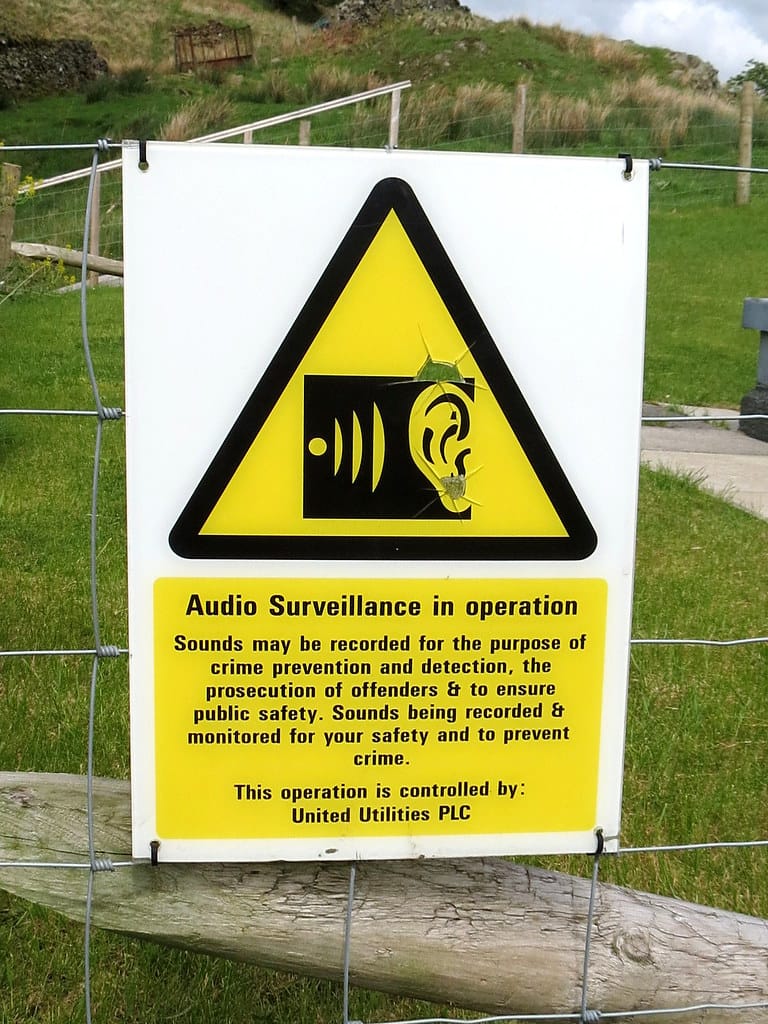Scientists Turn Everyday Cameras Into Powerful Surveillance Tools With $20 "Visual Microphone"
A groundbreaking development in audio surveillance technology could transform how we think about privacy and security. Researchers have successfully created a low-cost "visual microphone" system that can extract speech and audio from silent video footage, using nothing more than a standard camera and $20 worth of additional equipment.
The Technology Behind the Breakthrough
The visual microphone works by detecting minute vibrations in objects captured on video—vibrations so small they're invisible to the naked eye but contain enough information to reconstruct audio signals. When sound waves hit surfaces like windows, walls, or even potato chip bags, they cause microscopic movements that high-frame-rate cameras can detect and algorithms can decode back into recognizable speech.
Previous iterations of this technology, developed by MIT researchers in 2014, required expensive high-speed cameras costing thousands of dollars and could only work with specialized equipment. The new system, however, achieves similar results using consumer-grade cameras and commercially available components, making the technology accessible to a much broader range of users.
Real-World Applications and Implications
The potential applications for this technology span multiple industries and use cases:
Law Enforcement and Security: Intelligence agencies could use visual microphones to gather audio evidence from surveillance footage where no audio was originally recorded. This could prove invaluable in criminal investigations where traditional audio surveillance wasn't possible or legal.
Industrial Monitoring: Manufacturers could monitor machinery health by analyzing vibrations in equipment, potentially predicting failures before they occur and reducing costly downtime.
Historical Research: Researchers could potentially extract audio from historical silent films or footage where the original audio has been lost, opening new avenues for historical preservation and study.
Privacy Concerns Mount
However, the democratization of this technology raises significant privacy concerns. Digital rights advocates warn that the low cost and accessibility of visual microphones could usher in a new era of surveillance capabilities for both government and private actors.
"When you can turn any security camera into a listening device, it fundamentally changes the privacy landscape," explains Dr. Sarah Chen, a privacy researcher at Stanford University. "People might think they're safe from audio surveillance in certain situations, but if there's a camera present, that assumption may no longer hold."
The technology could potentially allow for:
- Covert audio extraction from existing security camera networks
- Corporate espionage using publicly visible cameras
- Government surveillance expansion without traditional audio recording warrants
Technical Limitations and Challenges
Despite its promise, the visual microphone technology faces several constraints that limit its immediate widespread adoption:
Environmental Factors: The system works best in controlled environments with minimal external vibrations. Wind, traffic, or other environmental noise can interfere with the delicate measurements needed for audio reconstruction.
Quality Limitations: While the technology can extract recognizable speech, the audio quality remains significantly lower than traditional microphones. Complex conversations or multiple speakers can prove challenging to separate and understand.
Distance Requirements: Current implementations work best at relatively close distances, typically within 15-20 feet of the target surface, limiting their effectiveness for long-range surveillance applications.
Looking Ahead: Regulation and Ethics
As this technology continues to develop, legal and ethical frameworks will need to evolve to address its implications. Several countries are already examining how existing privacy laws apply to visual microphone technology, and some are considering specific regulations governing its use.
Tech companies and researchers are also exploring technical solutions to protect against unwanted visual eavesdropping, including developing materials and coatings that could resist the tiny vibrations that make visual microphones possible.
The Bottom Line
The development of low-cost visual microphones represents a significant technological achievement that could revolutionize fields from security to industrial monitoring. However, it also highlights the ongoing tension between technological innovation and privacy protection in our increasingly connected world.
As this technology becomes more accessible and refined, society will need to grapple with fundamental questions about surveillance, consent, and the reasonable expectation of privacy in public and private spaces. The conversation about how we balance the benefits of this powerful new tool with the protection of individual rights has only just begun.
For now, the technology remains primarily in research and specialized applications, but its trajectory toward mainstream adoption seems inevitable—making these discussions more urgent than ever.
